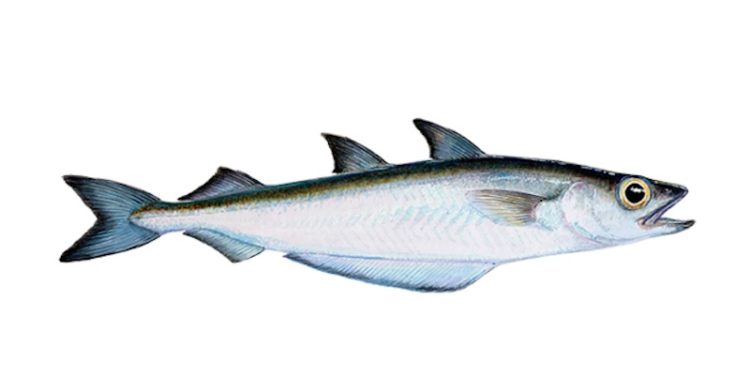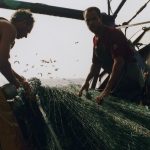Iceland’s Marine Research Institute has released the results of the latest capelin survey and the figures were announced as a 77,000 increase on the provisional quota that the fleet has been fishing on so far this year, while the Ministry of Fisheries has announced a boosted blue whiting quota share for 2018.
Iceland’s Ministry of Fisheries has announced its blue whiting quota for 2018, boosting its share of the ICES advice for this year’s fishery, which was for a fishery not exceeding 1,387,872 tonnes.
According to the Ministry, under the blue whiting agreement that is no longer applicable, Iceland’s share of this would be 16.23%, but the decision has been made to allocate a 293,000 tonne quota – equivalent to 21.10% of the ICES recommendation.
The Ministry states that this reflects the increases that other coastal states have also awarded themselves for 2018.
The regulation issued by the Ministry this week requires 25% of the Icelandic catch to be taken in Icelandic waters or international waters. Iceland and the Faroes have already reached an agreement on reciprocal access for fishing blue whiting this year.
Capelin quota lifted
According to the Marine Research Institute, the capelin quota for this season is set at a total of 285,000 tonnes, which adds 77,000 tonnes to the provisional quota allocated last year for the current 2017-18 season.
This follows two surveys carried out across waters north of Iceland. The 17-22nd January survey covered an area from the east coast as far as the Kolbeinsey Ridge and was interrupted by bad weather. Weather conditions were better for a second survey 25-31st January that spanned an area from the southern side of the Westfjords all the way to the east coast.
The first survey’s findings were that the is a 849,000 tonne stock of adult capelin, with an error margin of 0.38 – the highest error margin since 2015. The second survey identified a 759,000 tonne stock, and had a 0.18 error margin.
Results from both surveys were used to reach a conclusion based on the rule that the allocated quota has to leave a 95% likelihood of a 150,000 tonne stock of capelin in the water, taking into account survey error margins, natural mortality and predation by other species on capelin.
The results give the fleet a 285,000 tonne quota to catch, of which a sizeable amount has already been caught since fishing began on capelin in January.
Several pelagic vessels had already been put onto other species before the capelin results were announced. Síldarvinnslan’s Beitir is already fishing for blue whiting at the southern end of the Faroese EEZ, and others are on the way there, including Hoffell and Guðrún Thorkelsdóttir.









